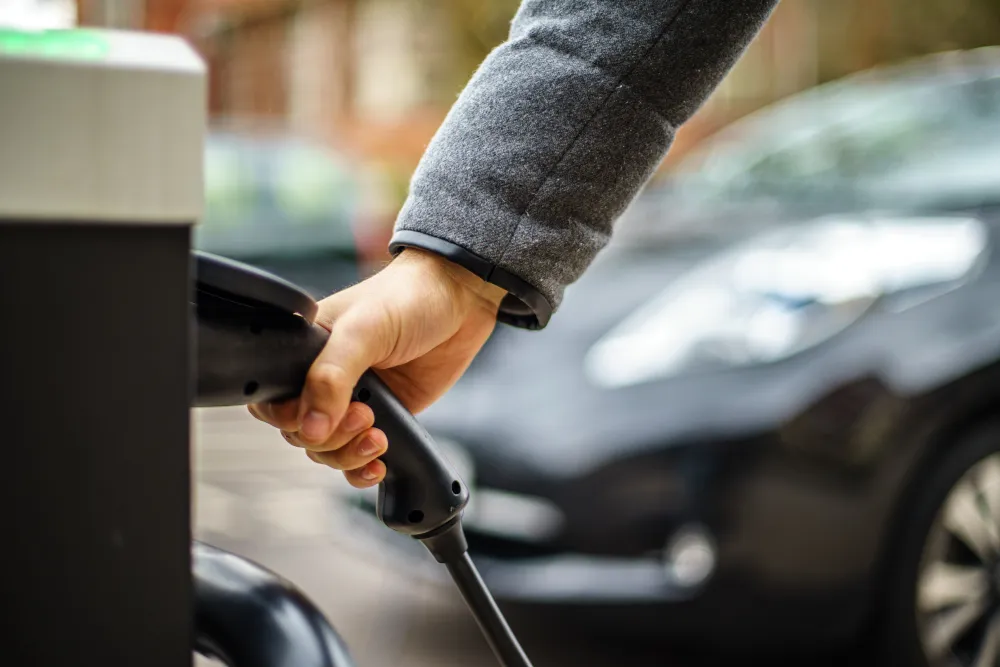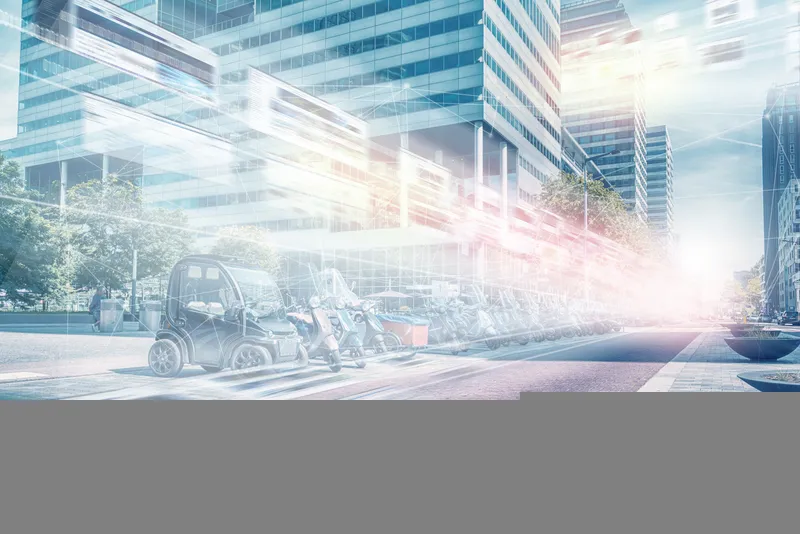
Sales of plug-in hybrid vehicles in the UK may have slumped by 50.4% in June after the government scrapped a £2,500 grant. But the overall picture remains positive. According to figures from the Society of Motor Manufacturers and Traders, new UK car registrations for battery electric cars rose by 61.7% to 2,461 in June compared with the same month in 2018. Better still, despite the drop in hybrid car sales - seeing the alternatively-fuelled vehicle sector shrinking overall for the first time since April 2017 - the government is planning to pump nearly £40 million into improving the infrastructure for electric vehicles (EVs).
That’s welcome news because the EV sector is still relatively new. We expect the future vision around reducing climate change by cutting carbon emissions to be made more tangible over the coming years as new charging points are rolled out. One way forward would be to implement trial hubs in towns, cities and even rural communities across the UK. That would help people visualise what the future of this kind of network would look like and it would also be a catalyst for change. When people see what the infrastructure would look like and see evidence that there is investment behind it, they are much more likely to make the switch and buy an electric car. Changes to the charging infrastructure will effectively pave the way for this.
Network in place
There needs to be a financial incentive in there also for drivers to want to make the change. If they are having to pay a premium for an electric car, there is no real reason for them to switch. A significant change like this needs a significant catalyst to enable that change to take place.
In terms of rolling out the charging point infrastructure itself, local authorities could first look at all the local petrol stations that would be capable of handling electrical charging points. That would be one logical way to build out the infrastructure initially.
Over and above that, highway authorities have a road hierarchy of maintenance and prioritisation of funding. Whenever a local authority spends money on their road network, therefore, they have a high priority road network and low priority one that funding would be targeted at. Typically, the A-roads within the authority would be maintained to a higher standard and take more traffic. Local roads, estate roads and country lanes would generally attract less money because they carry fewer vehicles.
That same hierarchy could be used to help the authorities understand where to place their EV charging points on the network and invest in that kind of infrastructure, not least because the most high priority roads will also typically be in close proximity to centres of need such as schools, hospitals and business areas.

‘Smart communities’
‘Smart communities’ is a better and more apposite term here than ‘smart cities’. That said, the big cities should not be forgotten. They are key in determining where this new kind of infrastructure should be located - but they should never be the only determinant. Other smart communities that would not typically attract smart city-type thinking should be just as much a core location for EV charging infrastructure. Local authorities will typically know where those hubs are - based on the way they prioritise their current funding, whether it is maintenance or improvement.
Taken together, all this information will be key in identifying targeted places for charging points and changes to infrastructure necessary to increase or promote the electric car. But it is not just local authorities that should be thinking in this way, of course. UK regional transport bodies (such as Transport for the North, for example) should also be thinking about it and collaborating with councils to make sure it happens.
This will be crucial moving forwards, not least because of the wide range of benefits EVs potentially bring in terms of being better for the environment, healthier and safer to operate and cheaper to run and maintain. Indeed not only will they bring benefits in terms of the way they run on the highways, we also see them as key in managing and maintaining it.
Driving implementation
At Yotta, we have already done some work on understanding the types of data those vehicles would and could collect and how they could be used to assess highway condition in a live interactive manner. The key moving forwards will be in understanding the types of sensors that will enable the vehicle to operate, and then being able to work with car manufacturers to standardise the resultant dataset to ensure that it can be used in a clear and consistent way.
The local highway authorities and key highways associations nationwide should be working more closely with the vehicle manufacturers to understand what is possible from electric cars in the future. At the moment, there is still a disconnect between the two but once the infrastructure roll-out really gets under way, this could be quickly resolved. The benefits of EVs are too wide and far-reaching to be ignored. Government, local and regional authorities and the car manufacturers themselves can work together to turn those benefits from vision to reality.










